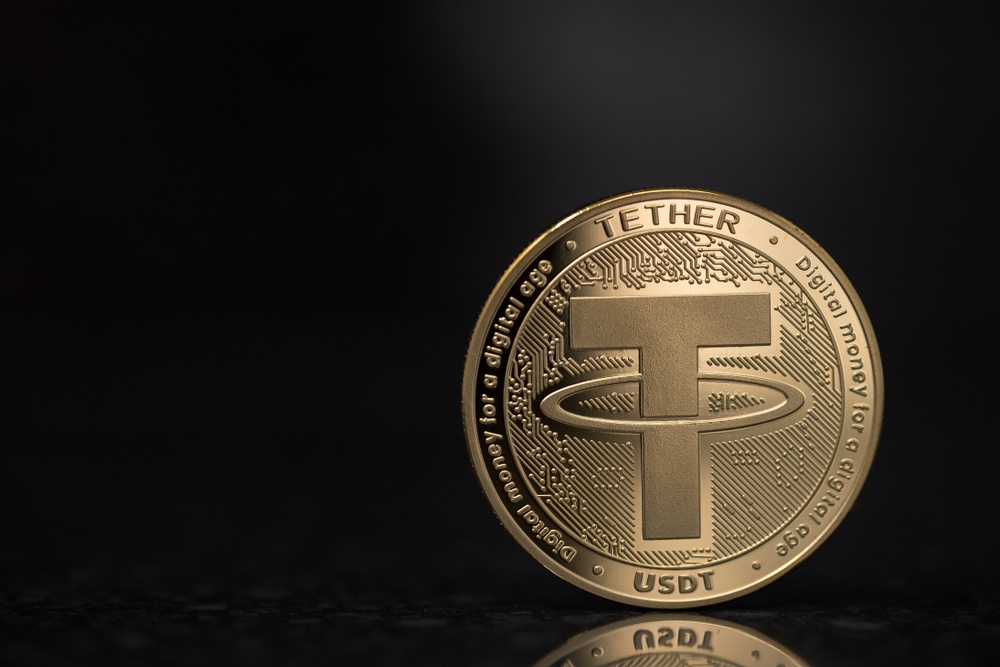Tether Mints $1 Billion USDT on Tron Amid Market Preparation
16.07.2024 18:00 1 min. read Alexander Stefanov
Tether, known for issuing the largest dollar-backed stablecoin, has recently created $1 billion USDT on the Tron blockchain.
These tokens, not yet in circulation, are classified as “authorized but not issued,” according to Tether’s CEO Paolo Ardoino. This action is part of Tether’s routine inventory management to prepare for potential increases in demand, which often precedes upward movements in the cryptocurrency market.
The distinction of “authorized but not issued” USDT means these tokens exist in Tether’s treasury but are not backed by tangible reserves like the U.S. dollar or other assets.
Meanwhile, Justin Sun, founder of the Tron network, celebrated surpassing $60 billion in USDT issuance on Tron, marking a significant milestone for the blockchain.
Both Tether’s USDT and the Tron Network hold substantial sway over cryptocurrency market liquidity and capitalization. Yet, they also face scrutiny from global regulators and investors due to concerns about transparency and operational risks.
This development occurs amidst broader discussions within the industry about stablecoin stability and regulatory oversight, with entities like BlackRock and Circle highlighting potential risks associated with high USDT exposure in the market.
-
1
Plasma’s ICO: A $500M Frenzy Sparks Fairness Debate
10.06.2025 22:00 2 min. read -
2
Bitcoin Holds Above $100K, But Analyst Sees Trouble Brewing
07.06.2025 17:00 1 min. read -
3
South Korea’s New President Pushes for Domestic Stablecoins
11.06.2025 16:00 2 min. read -
4
Is a New Altcoin Cycle Brewing in 2025?
13.06.2025 12:00 1 min. read -
5
Ethereum Faces Heavy Sell-Off Amid Rising Geopolitical Tensions
13.06.2025 14:00 1 min. read
XRP Price Prediction: Can XRP Hit $4 After XRPL EVM Sidechain Launch?
XRP (XRP) has gone up by 1.2% in the past 24 hours but, behind that mild price increase, there has been a significant spike in trading volumes. During this period, $2.4 billion worth of XRP has exchanged hands, representing an 83% increase. Just hours ago, Ripple announced the official launch of its Ethereum-compatible sidechain called […]
Ethereum Launches Onchain Time Capsule to Mark 11th Anniversary in 2026
A community-driven initiative launched Monday is inviting Ethereum users to lock art, memories, and personal messages inside a decentralized “time capsule,” set to be opened on the network’s 11th anniversary next year.
Ethereum Accumulation Surges While U.S. Politics Stir Market Uncertainty
A new CryptoQuant report highlights a growing divergence between long-term Ethereum holders and short-term Bitcoin buyers, with significant accumulation behavior unfolding in both markets amid increasing political and economic tension in the U.S.
TRON (TRX) Eyes Breakout as Bollinger Bands Signal Squeeze
According to a new analysis from CryptoQuant, TRON (TRX) may be gearing up for a breakout as tightening Bollinger Bands point to an imminent expansion in volatility.
-
1
Plasma’s ICO: A $500M Frenzy Sparks Fairness Debate
10.06.2025 22:00 2 min. read -
2
Bitcoin Holds Above $100K, But Analyst Sees Trouble Brewing
07.06.2025 17:00 1 min. read -
3
South Korea’s New President Pushes for Domestic Stablecoins
11.06.2025 16:00 2 min. read -
4
Is a New Altcoin Cycle Brewing in 2025?
13.06.2025 12:00 1 min. read -
5
Ethereum Faces Heavy Sell-Off Amid Rising Geopolitical Tensions
13.06.2025 14:00 1 min. read


